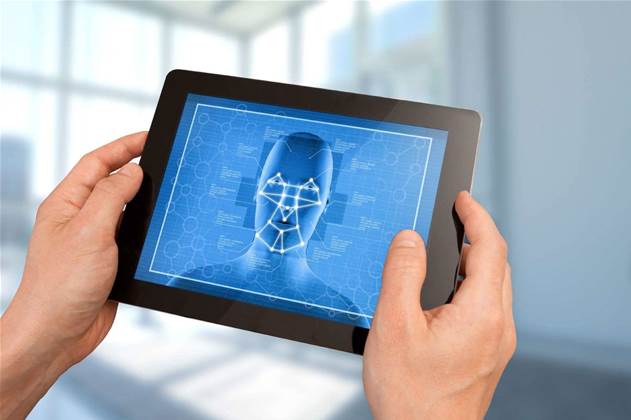The Australian government expects to have a national system in place for law enforcement agencies to share citizens' facial images by mid-next year, the Attorney-General's department has revealed.

The country's law enforcement bodies have been working in recent months on a national facial recognition database - which would match faces to images on passports, visas and driver’s licences - in an effort to stamp out organised crime
In May, attorneys-general and police ministers from across the country met to nut out a plan to combat cross-border criminal activities.
Their response plan (pdf) included an agreement to “explore” a national facial biometric matching capability.
“This will assist agencies to combat the increasingly sophisticated use of fraudulent identities by organised crime groups,” the plan stated.
The federal Attorney-General's Department recently revealed in questions on notice from Senate Estaimtes that the system was expected to be up and running by mid-2016.
The system will initially offer functionality to match identities of known individuals, before later being able to match unknown individuals.
"The technical architecture of the capability will adopt a hub-and-spoke model to facilitate 'query and response' matching requests between participating agencies," the department said in its response.
"The capability will allow agencies with a lawful authority to collect and share existing holdings of facial images .. to check the validity of images presented to them with facial image holdings of other agencies."
The design and operation of the hub will be informed by "independent privacy impact assessments, conducted in consultation with federal and state privacy commissioners," the AGD said.
The department said there were more than 100 million facial images currently being held by those agencies that issue identity documents.
When the system goes live, the Department of Foreign Affairs, Immigration, the federal police, the Australian Security Intelligence Organisation, Defence, and the Attorney-General's Department will be able to access the platform.
The AGD is working with A/NZ road transport and traffic authorities association Austroads to build a business case to add drivers' licenses to the system, which is expects to complete by the end of the year.
The national facial recognition system is intended to share still images, and won't include moving images from licence plate cameras or CCTV, the AGD said - but stills from those technologies could be used.
Australian citizens' facial images will also soon be collected at international airports after Immigration signed an $18 million deal with Portuguese smart-gate manufacturer Vision-Box for 92 facial recognition terminals.
The technology matches travellers to their passports, and is being installed in departure terminals within Australia’s eight international airports.
It will allow users to scan their passport and continue through rather than approach an immigration official for processing.
The introduction of the national facial recognition scheme comes after the government successfully introduced a bill to collect more biometric data on travellers at the country's airports.


_(20).jpg&h=140&w=231&c=1&s=0)


_(22).jpg&h=140&w=231&c=1&s=0)



_(26).jpg&w=100&c=1&s=0)

 iTnews Executive Retreat - Security Leaders Edition
iTnews Executive Retreat - Security Leaders Edition











_(1).jpg&h=140&w=231&c=1&s=0)



